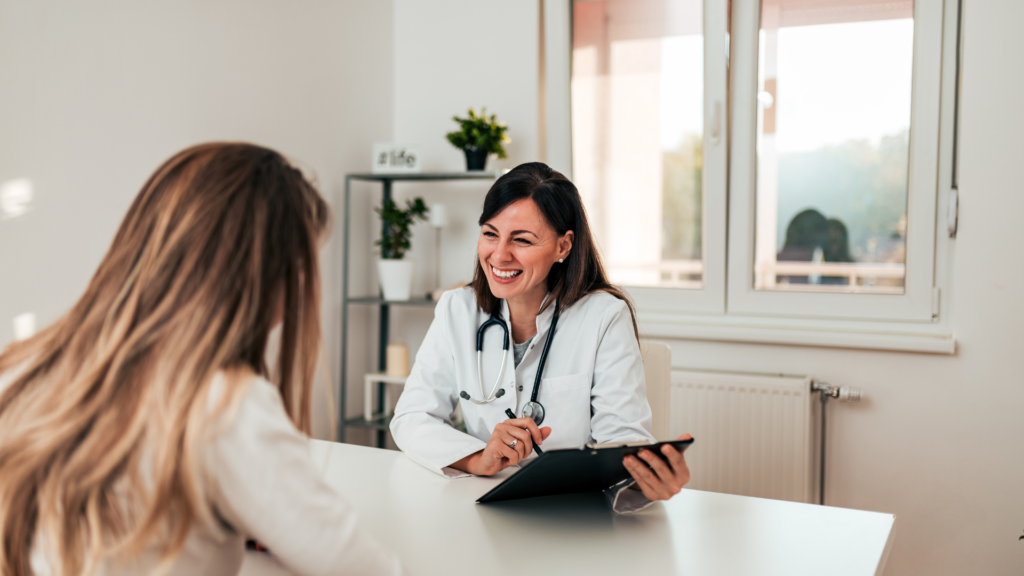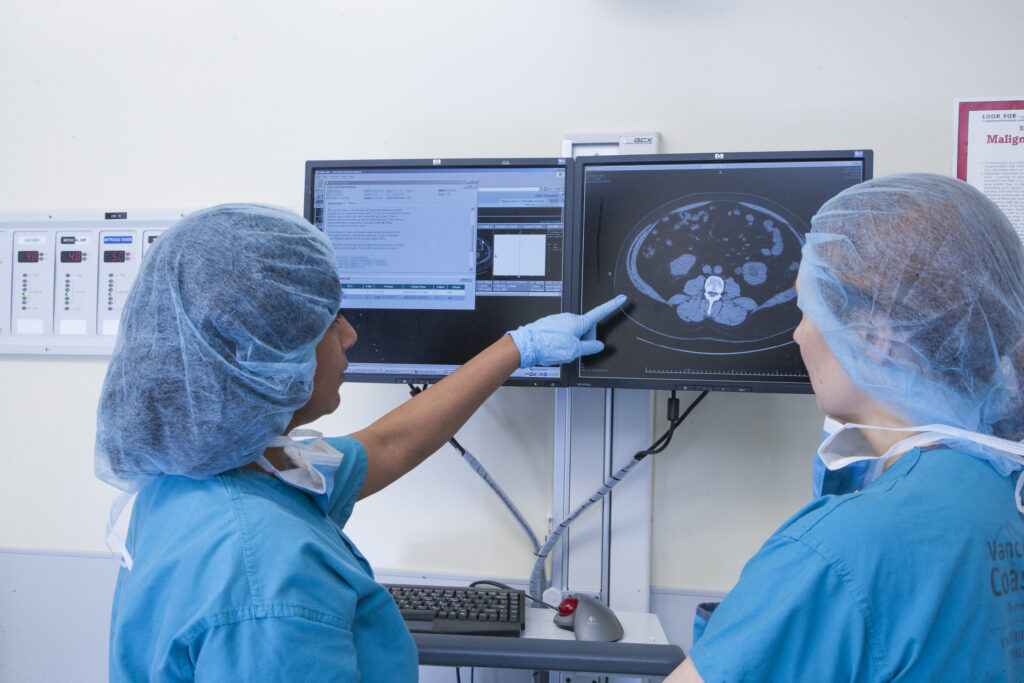Healthcare professionals face many challenges on a daily basis. But one of the most persistent and frustrating problems is how to improve patient compliance.
There’s nothing worse than prescribing a treatment, only for the patient to ignore you. Yet, it’s a typical scenario.
For example, studies show 20% of mental health patients don’t even fill their prescriptions. While as many as 50% of patients with chronic disease in developed countries do not adhere to treatment recommendations.
The problem is rampant, but fixing it can improve patient compliance.
Of course, it’s easy to blame the patient and even question their judgment in this situation. Are they forgetful, disorganised, or in denial that they have a problem? Are they scared of side effects, arrogant or apathetic?
Yes, all of these issues can lead to non-compliance. However, they are also all outside of your direct control.
You cannot make a patient do something they do not want to.
But you can influence them to make the right choices through effective communication. And that’s what this post is all about.
How ‘no – so – slow’ communication leads to patient non-compliance.
As we discussed, the most effective way to improve patient compliance is through effective communication. But many medical professionals fall into the trap of what we call ‘No – So – Slow’ communication.
- They give NO instructions because of time pressure, competing tasks, or lack of experience.
- They give content but not context. As humans, we need to understand why we are being asked to follow instructions and how doing so will help. Otherwise, we say to ourselves, “SO what?”
- They communicate instructions in an ineffective way. For example, talking so fast that patients miss critical information and are left thinking, “SLOW down, I don’t understand.” Research shows the average listener hears, understands and retains as little as 50% of spoken words.
The good news is that these problems can be fixed using a two-fold approach:
This two-fold approach involves both patients and medical professionals.
- First, you must teach patients ‘how to communicate what they want more effectively.
This does not need to be complicated. For example, you can ask patients to complete a form explaining what they want from the consult. Recent research by Duke University found that this step alone can have a dramatic effect on outcomes, and in turn compliance.
- Second, you need to help medical professionals to overcome the ‘echo chamber’ effect.
This ‘echo chamber’ effect occurs when you spend all day with patients. You start to hear the same stories over and over again. As a result, your response becomes automatic — just like the teenager at McDonald’s who mindlessly offers ‘fries with that’. This leads to one-sided conversations. Patients don’t feel ‘involved’ and, as a result, they are less likely to follow the treatment you prescribe.
These two strategies alone can make a massive difference to how you communicate with patients. The result is better relationships and improved patient compliance.
But they are just the beginning.
In Experience 360 founder, Shelley Thomson’s book, Patients For Life, she discussed other ways to deliver exceptional patient experience and outcomes. Request your free copy today.







